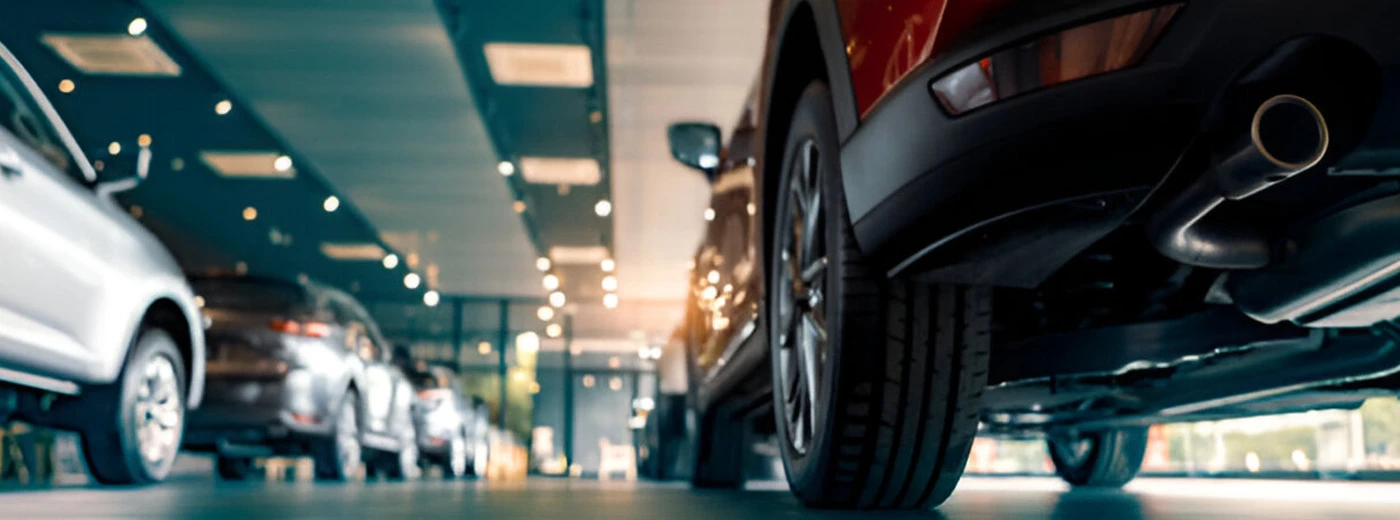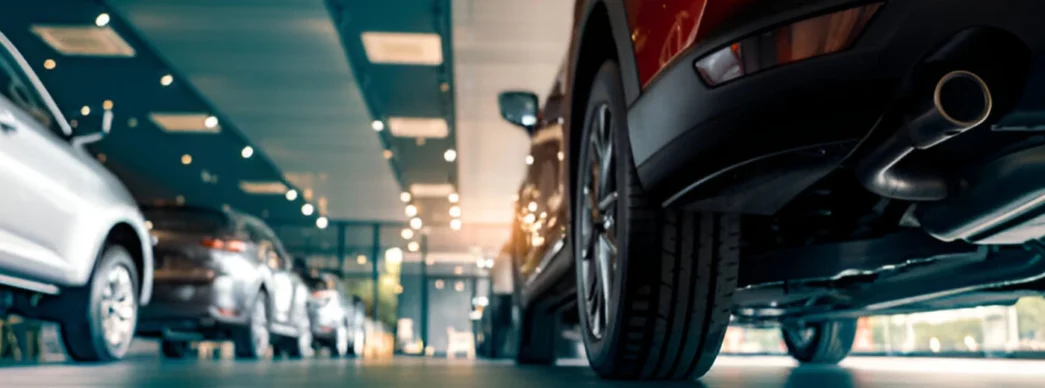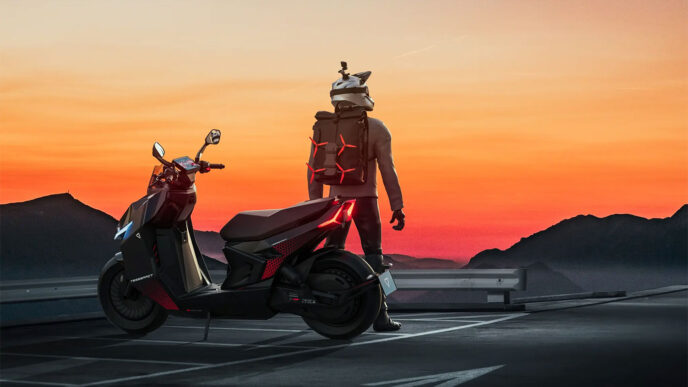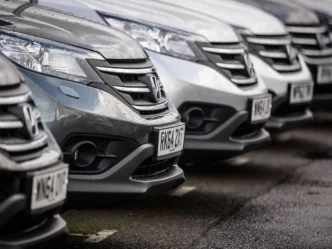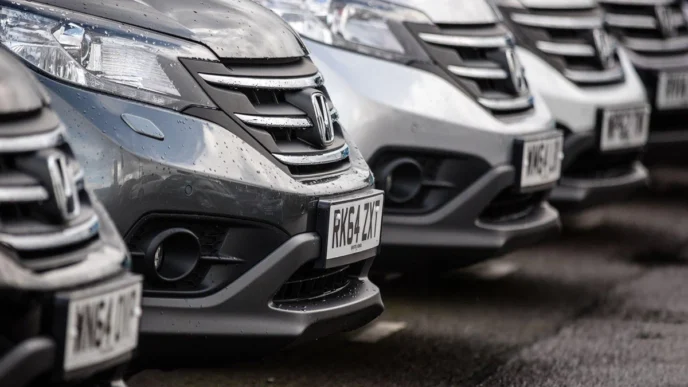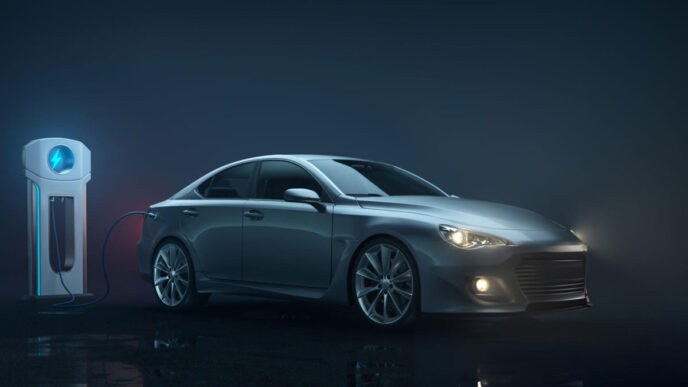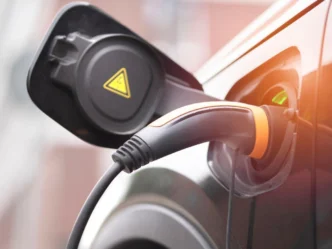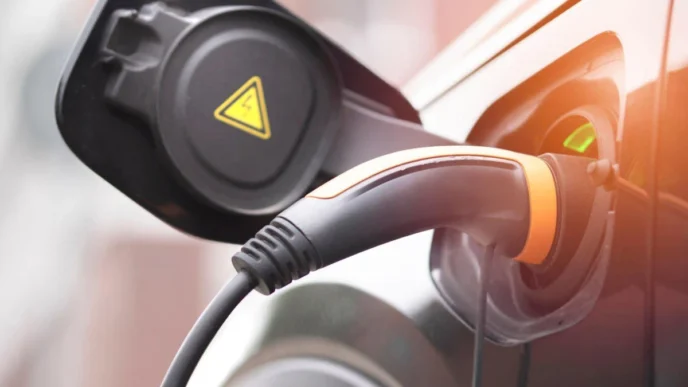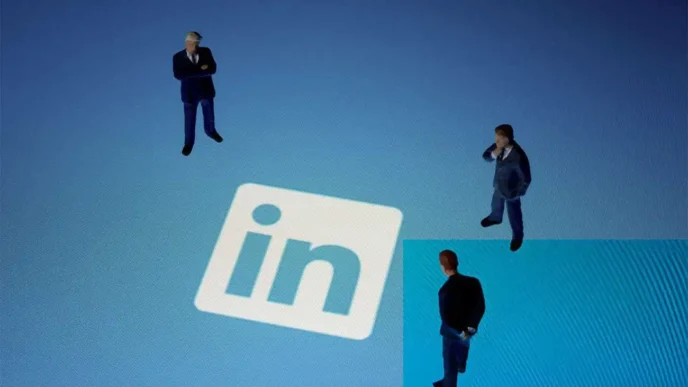Let’s delve deeper into the specifics of when to buy a car in the U.S., examining seasonal trends, dealership strategies, and broader market conditions to provide a comprehensive guide for optimizing your vehicle purchase.
1. The Automotive Sales Cycle
Understanding the automotive sales cycle is crucial for timing your car purchase. This cycle is influenced by several key factors:
A. Model Year Changeovers
- Timing: New car models typically arrive at dealerships between late summer and early fall. This timing can vary slightly depending on the manufacturer and the specific model.
- Impact: When new models arrive, dealerships become eager to sell the current year’s models. This eagerness often translates into substantial discounts and promotions for last year’s models, making late summer to early fall a prime time for bargains on outgoing models.
B. Fiscal Quarters
- Timing: Automotive dealerships operate on a quarterly sales cycle, aligning their promotions and discounts with the end of each fiscal quarter (March, June, September, December).
- Impact: At the end of a quarter, sales teams are focused on meeting their sales goals, which can lead to better pricing and incentives. Dealers are often more flexible with pricing and financing options during these times to hit their targets.
2. Best Months to Buy a Car
Let’s explore each month in detail, highlighting what makes them favorable or less ideal for purchasing a car.
January
- Pros: January is a slow month for car sales. After the holiday season, many buyers are financially strained, leading to fewer people buying cars. This slowdown often results in dealerships offering promotions to stimulate sales. Additionally, the arrival of new models in late 2023 can lead to discounts on the 2023 models still on the lot.
- Cons: Inventory of outgoing models might be limited as many have already been sold to make way for new arrivals.
February
- Pros: Similar to January, February can be a good time to buy due to slower sales. Dealers may offer incentives to boost their sales figures early in the year.
- Cons: Weather conditions in many parts of the U.S. can make car shopping less pleasant, potentially leading to fewer deals as buyers might be less inclined to shop in harsh weather.
March
- Pros: March offers the opportunity to take advantage of end-of-quarter sales goals, which can mean better pricing. Additionally, dealerships may start clearing out inventory for the arrival of new models.
- Cons: Inventory levels may be inconsistent as dealerships transition between old and new models.
April
- Pros: With new models now fully available, April can offer good opportunities to purchase last year’s models at discounted rates. Dealers are less pressured compared to end-of-quarter periods but still motivated to clear out older inventory.
- Cons: The focus on new model sales might make it harder to negotiate discounts on new vehicles.
May
- Pros: May can be a good month for promotional sales, especially around Memorial Day. Dealers often have sales events to kick off the summer season.
- Cons: As the weather improves, more people start shopping for cars, potentially reducing the availability of good deals.
June
- Pros: As the end of the second quarter approaches, dealerships may offer promotions to meet their sales targets. Additionally, summer sales events can provide extra savings opportunities.
- Cons: The selection of last year’s models may be dwindling as dealers prepare for new arrivals.
July
- Pros: July often features mid-year sales events, including Fourth of July promotions. It can be a great time to find deals on both new and outgoing models.
- Cons: The excitement of summer sales might lead to higher prices on popular new models.
August
- Pros: This month marks the transition between model years. Dealerships are keen to clear out the previous year’s inventory to make room for new models, often leading to significant discounts.
- Cons: The best deals may be on vehicles with limited availability, as dealers focus on selling off remaining older models.
September
- Pros: September is often considered one of the best months to buy a car. New models are in full swing, and dealerships are highly motivated to clear out the previous year’s inventory. Additionally, the end of the third quarter can offer additional discounts and incentives.
- Cons: High demand for certain models might limit discounts on new inventory.
October
- Pros: As the end of the year approaches, dealers may start offering promotions to clear out inventory. October can offer good deals as dealerships anticipate year-end sales targets.
- Cons: The inventory of last year’s models might be further reduced as new models become more prevalent.
November
- Pros: November brings Black Friday sales and other holiday promotions, which can lead to significant discounts and incentives. Dealerships often participate in these sales events to attract buyers.
- Cons: The selection might be limited as many buyers take advantage of early holiday promotions.
December
- Pros: December is widely regarded as the best month to buy a car. Dealerships are highly motivated to meet their annual sales goals, and there are often substantial end-of-year promotions and manufacturer incentives. Inventory is typically high as dealers aim to clear out old stock, making it an excellent time for discounts.
- Cons: Popular models might be in shorter supply, and end-of-year demand for discounts can lead to higher competition among buyers.
3. Additional Considerations
Economic and Market Conditions
Broader economic conditions can also impact car buying trends. During economic downturns or periods of uncertainty, dealerships might be more flexible with pricing to stimulate sales. Conversely, in a booming economy, prices might be higher due to increased demand.
Holiday Sales Events
Major holidays like Memorial Day, Labor Day, and Black Friday can provide excellent opportunities to buy a car. Dealerships often have special promotions and discounts tied to these holidays. However, be aware that the best deals might be on specific models or limited inventory.
Interest Rates and Financing
Interest rates play a crucial role in the overall cost of a car. When interest rates are low, financing a car purchase becomes more affordable. Monitoring interest rate trends can help you time your purchase to benefit from favorable financing conditions.
4. Tips for Maximizing Your Deal
- Do Your Research: Use online tools to research the fair market value of the car you’re interested in. Websites like Kelley Blue Book, Edmunds, and TrueCar can provide insights into current pricing and promotions.
- Get Pre-Approved Financing: Secure pre-approval for a loan before visiting the dealership. This can give you leverage in negotiations and ensure you’re getting the best possible financing terms.
- Be Flexible: While you may have a preferred model or color, being flexible can help you take advantage of available discounts and promotions. Dealers may offer better deals on different models or configurations.
- Negotiate: Don’t hesitate to negotiate the price, especially if you’re buying towards the end of the month or year. Dealerships are often more willing to offer discounts to close a deal.
- Check for Manufacturer Incentives: Look for manufacturer rebates and incentives that can be combined with dealer discounts. These promotions can significantly reduce the overall cost of the vehicle.
Determining the best month to buy a car involves understanding the intricacies of dealership sales cycles, model year transitions, and broader economic factors. Generally, December and the end of each quarter are considered optimal times for purchasing a vehicle due to aggressive sales promotions and the need to meet sales targets. However, months like September, July, and November also present excellent opportunities, especially when combined with holiday sales events and manufacturer incentives. By aligning your purchase with these trends and being prepared with research and financing, you can maximize your chances of securing a great deal on your next vehicle.


